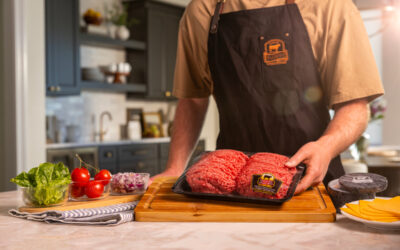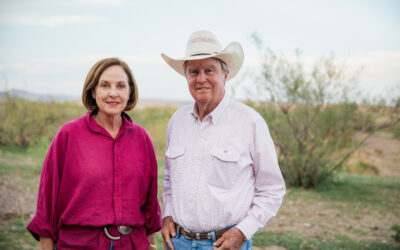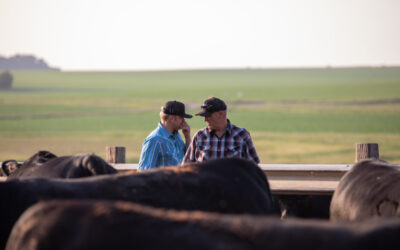
Marketing trend begs better cattle
 I wonder what my son’s preschool program would say if I offered to pay the per-month tuition with eggs?
I wonder what my son’s preschool program would say if I offered to pay the per-month tuition with eggs?
Dollar bills always seem to be in short supply around here, but we have a healthy little flock of chickens and we always have plenty of eggs.
They’d look at me like I was crazy, right? A century ago that might not be so far out of the question. At one time, the barter system was alive and well. I’ll shoe your horses and if I can borrow your plow. I’ll do your mending in exchange for some of your excess potato crop.
Some day, will folks think the idea of selling cash cattle is a silly notion?
Our own Mark McCully recently pointed me to this trend. “The old selling-them-live method has given way to the formula sales,” he says. Not all of those formula deals include a grid, but most of them do.
From talking with cattle feeders I had a gut feeling this is the way it was going, but I sure didn’t know the graph would look that dramatic.
So what’s it matter?
“This is a clear signal the industry is moving away from pricing on averages, and instead pricing cattle on their individual merits,” Mark says.
As that happens, a few things stand out to him:
- “That marketing philosophy eventually trickles down to the cow-calf level.” The spread in value difference between the superior calves and the inferior ones will likely continue to grow.
- “It forces feeders to look more carefully at source.” Because the cattle business is risky enough without taking a chance on grid marketing unknown cattle.
- “The genetic decisions cow-calf producers are making today will be impacted by this trend.” The bulls that producers are buying today will make calves and replacements sold into a market that is increasingly concerned with how the cattle do beyond just weight. Keep that in mind.
Although many feeders still use the live cattle market as the basis for their breakeven, Mark says many will then pencil in expected grid premiums for the groups they plan to market that way.
A few years back, we developed a Breakeven Calculator that helps producers selling calves or feeders buying them figure out how to account for improved carcass quality and performance in their pricing decisions. To download the free spreadsheet, just click the “Value Calculator” tab here.
If you’re reading this blog, I bet your cattle are better than average, and you work hard to make sure they are. As long as you keep up that philosophy, I’d say this trend is one in your favor.
What do you think?
May your bottom line be filled with black ink,
Miranda
You may also like
Success, Despite Challenges
Today’s market is complex and competitive. The collective effort of stakeholders across the supply chain positions Certified Angus Beef to meet the record demand for premium beef moving forward. Signals across the beef industry are clear and Angus farmers and ranchers seeking high-quality genetics that deliver premium beef are producing a product in high demand.
An Unforgiving Land
What makes a ranch sustainable? To Jon, it’s simple: the same family, ranching on the same land, for the last 140 years. The Means family never could have done that without sustainability. Responsible usage of water, caring for the land and its wildlife, and destocking their herd while the land recovers from drought.
System Over Scale
For Dallas Knobloch, it’s not about being the biggest feedyard—it’s about building a high-quality system that works. Today, with Tory’s wife Sadie and daughter Ivy, the Knobloch family owns and operates 4K Cattle. They feed 2,500 cattle at eight locations within 10 miles of home, manage 1,000 acres of crops and run a 125-head cow herd, all near Hills, Minn.




